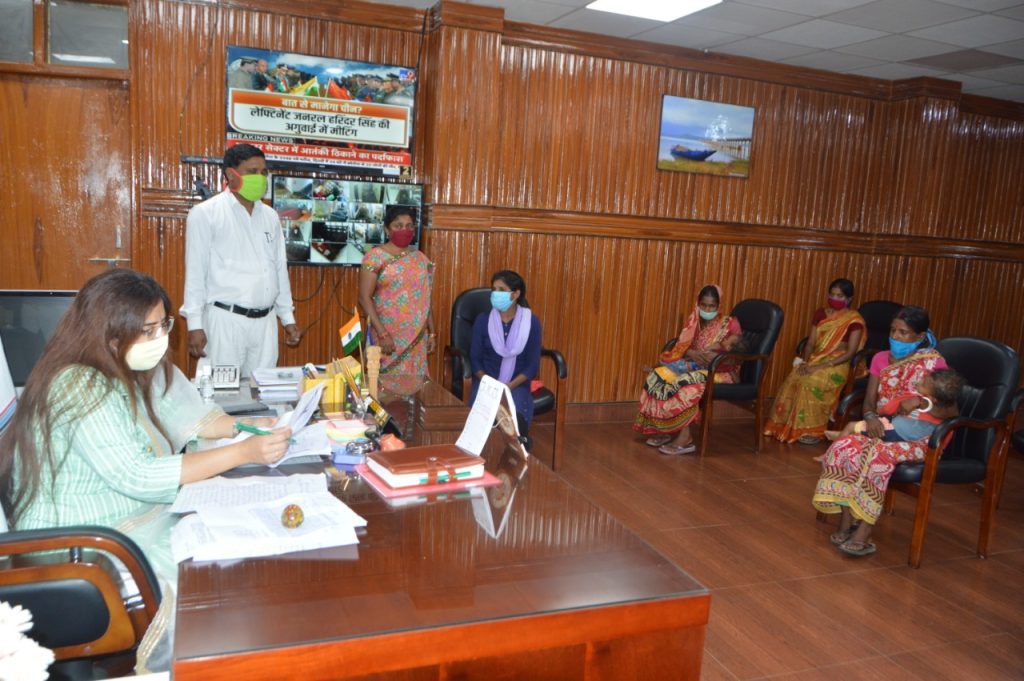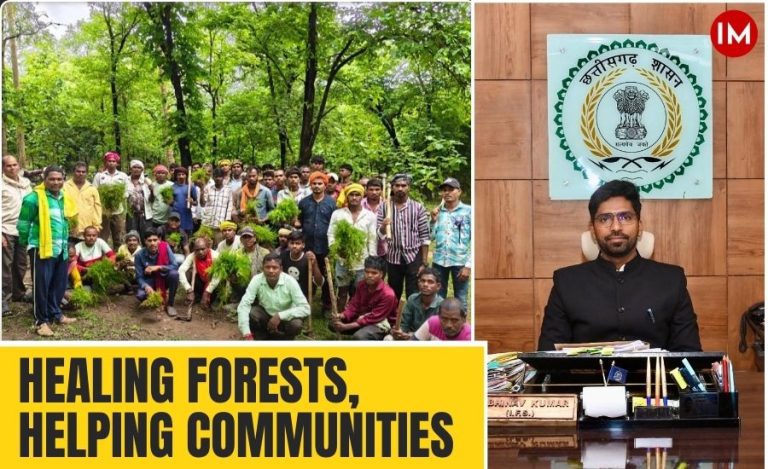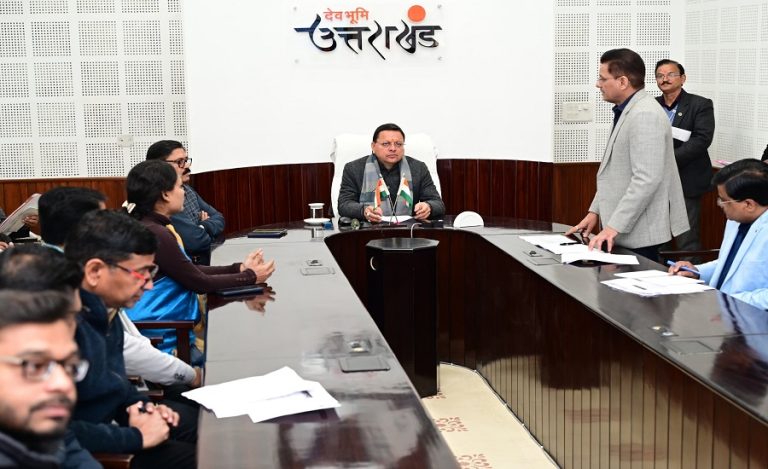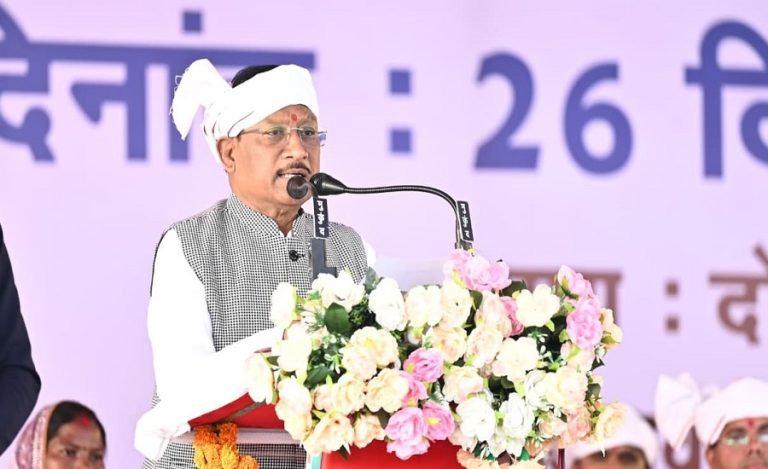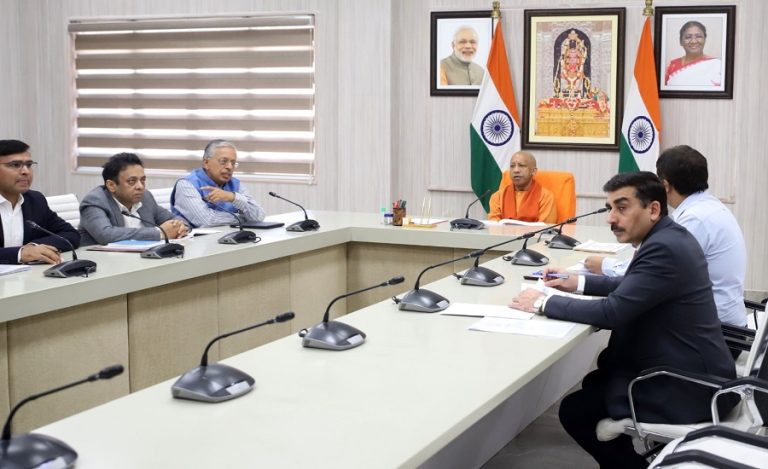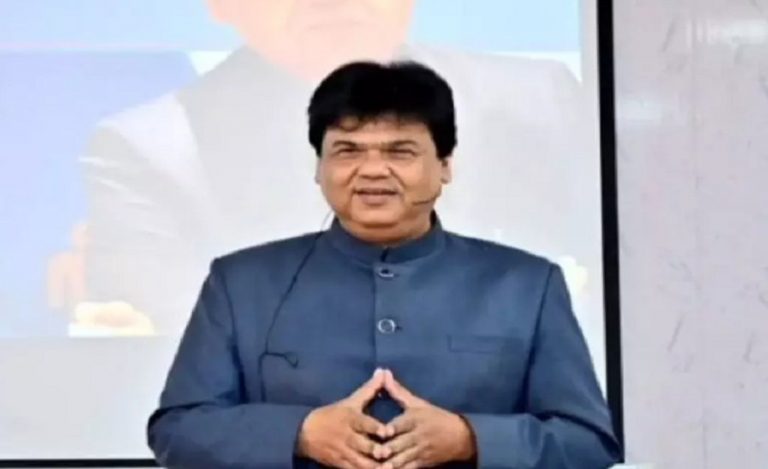If they don’t come over to you, go and meet them, listen to their problems and try to sort these out. Simple, isn’t it? But when “they’’ happened to be the aloof Paharia tribes living in the far-flung regions of Jharkhand’s Dumka district, it became important for Deputy Commissioner Ms. Rajeshwari B. to make the first move.
She did reach out to them, and with spectacular results. Thanks to her efforts, the Paharia tribe people now enjoy the fruits of their labour- which they could not earlier- and also find themselves better placed in the mainstream.
It was a simple observation on the part of Ms. Rajeshwari which led to the transformation in the tribals’ lives. Twice a week, she would hold a `Janata Darbar’ (peoples’ gathering) in Dumka, where everybody and anybody could join and spell out their problems. She realised one day there was almost no attendance by the Paharia tribals in these gatherings. That is when she decided to reach out to these tribals in their areas and create an environment in which the Dumka administration could build bridges with them.

In an exclusive interview with Indian Masterminds, Ms. Rajeshwari explained how she was working to help these tribals in every which way possible.
SURVEY IN EVERY VILLAGE
She said, “As these tribals are the original inhibitors of these areas, they have always been detached from the main society. They mostly follow their own culture and are highly dependent on local resources from the local markets. The other main issue is the tough terrain where these tribals are settled because of this which connectivity with them a major constraint.”
Dumka was one of the 18 districts carved out of Bihar to create Jharkhand. This district is dominated by the tribals and semi-urban areas. In Dumka, the ‘Paharia tribe’ once ruled the ‘Santhal Pragana Division’ in Jharkhand, but now it seems progress gave it a miss. Economic backwardness, low literacy rate, and a declining population due to the disconnection with the block as well as the district headquarters are some of the issues the people of these tribals are grappling with.

With the assistance of Aspirational District Fellows (ADF)- these are the professionals who work towards the development of India’s 35 Left Wing Extremism (LWE) districts- Ms. Rajeshwari initiated ‘Need Assessment Surveys’. These were conducted in every village of the Gopikandar block in Dumka district, where these tribals live. Two coordinators from ADF were allotted to carry out the surveys, with an aim to build a contextual relationship with the tribals.

Ms. Rajeshwari said, “This was a specific approach to make an assessment of the ground realities of these tribal areas, by way of reaching out to their villages and having an interaction with them. Things like what they want, what kind of life they are leading, and what kind of interventions they can do with were discussed in these surveys.”

Once the survey was completed and major problems of the tribals identified, the Block Development officers ensured the availability of the most pressing essential items such as ration cards and gas cylinders for them. Besides, the renovation of around 30 Anganwadi Centres has been scheduled and will be completed soon.
PROVIDING LIVELIHOOD TO THE TRIBALS
Palm tree is an important resource for the tribal people of Dumka district. In the surveys, they saught training to create “palm leaf handicraft items’’. The district administration has agreed to this. The target of the administration is to train more than 1000 women who can use locally available material to create livelihood opportunities for themselves.

Sal leaves is another most common resource in every household in the tribal villages. Most of the people are involved in making Sal-leaves plates which is another opportunity for people to create a livelihood for themselves. Ms. Rajeshwari said, “The product made out of the Sal-leaves is mostly sold at the local market itself. It is predominantly used in Didi’s Kitchen, CM Kitchen, Dal Bhat Kendra, etc. The productivity is quite low as people make these products manually and for now, they don’t have a wider market to sell their product.”
The administration has decided to mechanise the process of making Sal-leaf plates by installing machines in the villages. “This would greatly help the tribals. It would not only increase their productivity but also get them linkage to bigger markets of Dumka, said Ms. Rajeshwari. Apart from this, points out Ms. Rajeshwari, the scope of sericulture, horticulture, and production of other handicraft products has increased tremendously in the past few years. She feels that in the time of the pandemic, it has become more relevant to involve them in such activities.

